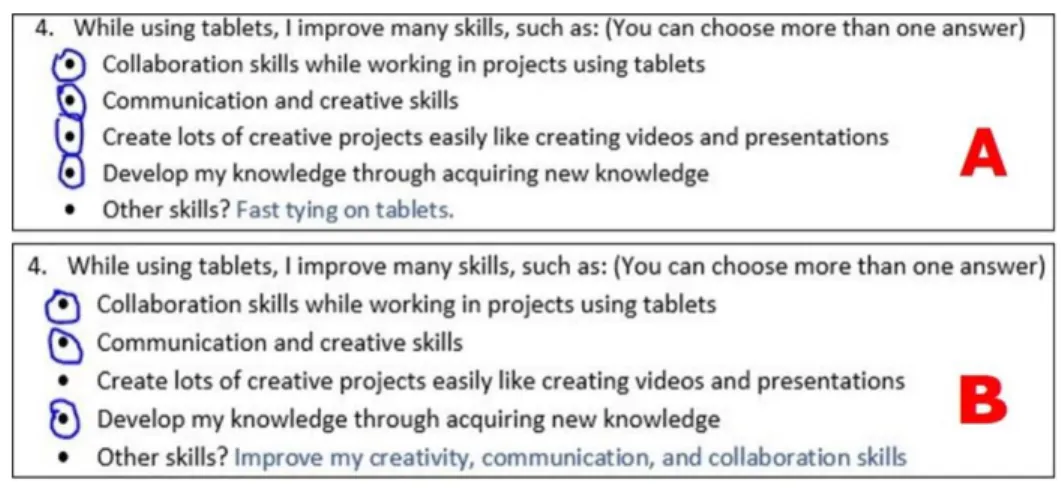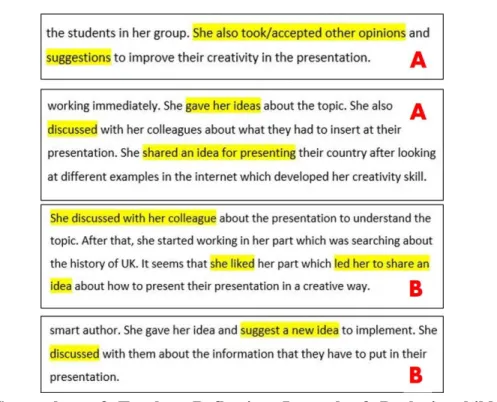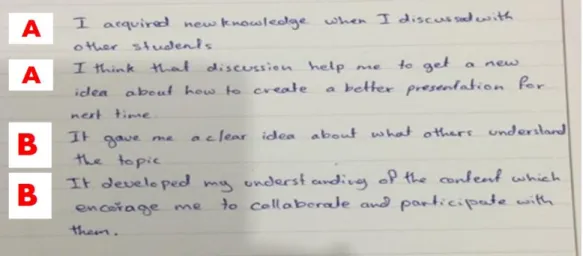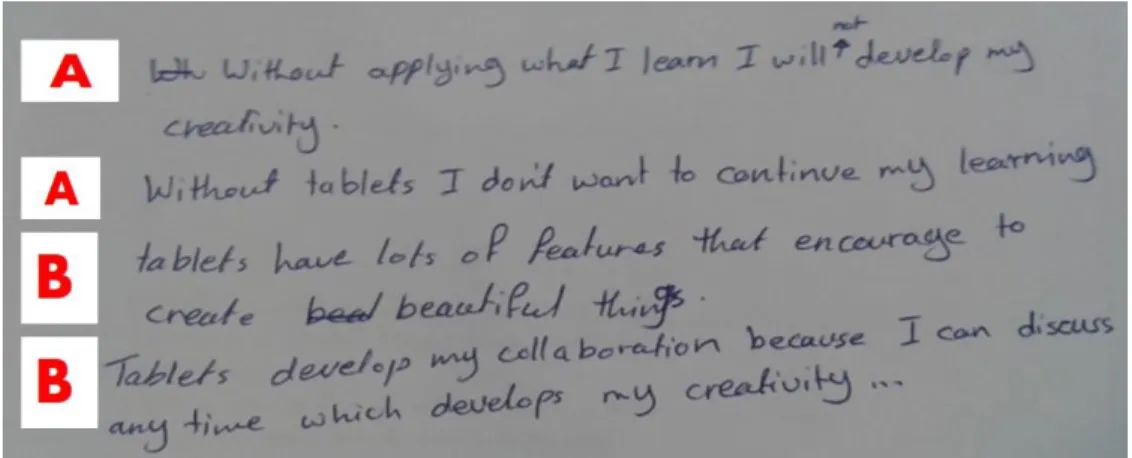I understand that the British University in Dubai may make a digital copy available in an institutional repository. The author, whose copyright is indicated on the title page of the work, has granted the British University in Dubai the right to lend his research work to users of its library and as an open source resource, and to make partial or single copies for educational and research use. The author has also granted permission to the University to retain or make a digital copy for similar use and for the purposes of digital preservation of the work.
Any use of this work in whole or in part will respect the moral rights of the author to be recognized and to reflect in good faith and without prejudice the meaning of the content and the original authorship.
Introduction
- Introduction
- Aim and Objectives
- Research Question
- Policy Considerations of the Inclusive Education
- Historical and legal perspective
- The significance of the study
- The structure of the investigation
- Conclusion
This research examines the language teaching of children with dyslexia, Arabic and English, while using tablet computers in a public school in the United Arab Emirates. Many prototypes in policy essay are intended to guide teachers in developing better help to improve inclusive education in state schools. The Ministry of Education in the United Arab Emirates has created a unique system for students with dyslexia to improve their academic requirements.
29 in 2006 developed a law to support integration into the community, in which all children with special needs receive the same benefits and education.
Literature Review
- Introduction
- Theoretical connect tablets to dyslexia students’ motivation
- The development of 21st-century skills by using tablets
- Conclusion
Rossing, Miller, Cecil and Stamper (2012) explained that Tablet is a valuable strategy to improve dyslexic students. Tablets positively influenced dyslexic students' abilities to collaborate with other students in the classroom to create solutions to issues and expert challenges. Dhir, Gahwaji and Nyman (2013) explained that dyslexic students are highly engaged in the classroom and are more likely to participate in and interact with the activities.
They also mentioned that tablets help manage dyslexic students' attitudes and behaviors which help them focus on their learning. From these devices, dyslexic students can immediately achieve their learning goals while fully engaging in the learning process, as described by Rochelle (2017). It is clear that education has adapted to ICTs in the 21st century, where the use of tablets is an essential method of teaching dyslexic students in the classroom.
Hooft (cited in Clarke and Svanaes, 2014) found that using the tablet's functions promotes collaboration and imagination in dyslexic students. Kayapinar, Erkir and Kose (2019) showed that tablets improve collaboration and communication between teachers and dyslexic students. Tablet features support problem-based capabilities that help dyslexic learners develop problem-solving skills (Bourne, Brodersen, Campbell, Dawant, and Shavi 1996).
At the same time, Sharples (cited in Abdel-Waha and El-Masry, 2011) suggested that dyslexic students improve their learning by collaborating with other students in the classroom. Moreover, Algoufi (2016) explained that dyslexic students are much more motivated to participate within and with teachers, as they are interested in using tablets' interactive applications.
Methodology
- Introduction
- Systematic Collected Articles
- Research Cycle
- Data collection tools
- Reflective journals
- Questionnaires
- Semi-structured Interviews
- Ethical Considerations
- Intervention Strategies and Actions
- Cooperative activities
- Completing language exercise assignments
The first step is Diagnosis, in which the researcher discovers the problem and tries to identify it in order to solve it. In this phase, the researcher creates a plan to make an alternative move for the procedure. The third step is taking action, in which the researcher implements the plan to collect the necessary data.
The last step is the specification of learning, where the researcher determines the findings of the process. Selecting an appropriate tool to collect data is necessary as it helps the researcher to analyze the data in depth and reduce decision making errors. Moreover, it supports the researcher to have evidence in introducing the new idea and to be more accepted.
The questionnaire was given to the participants with the help of the researcher to read the question and record their answers as a dyslexic student had difficulty in reading and writing. This tool allowed the researcher to assess participants' behavior, performance, or relationships (Adamson, Hill, Woolhead, & Donovan, 2016). This tool supports participants in sharing their life experiences, allowing the researcher to analyze and interpret the data collected (DeJonckheere and Vaughn, 2019).
For professionalism, having ethical considerations is a respected method to create between the researcher and the school leader (Institute for Employment Studies, 2004). Furthermore, the researcher rejected any fraud or exaggeration regarding the participants and considered the truth, honesty and transparency while writing this study.
![Figure 1: A Gerald Susman’s cycle. [Picture]. (O’Brien, 1998).](https://thumb-ap.123doks.com/thumbv2/azpdfco/10316440.0/26.918.157.546.255.550/figure-gerald-susman-s-cycle-picture-brien.webp)
Preliminary Data Analysis and Results
The use of tablets appears to improve children’s cooperation and creativity
Dyslexic children's responses to the questionnaire questions showed that they accepted the use of tablets to help them collaborate and be creative in working with other children (Figure 3). In the semi-structured interview, dyslexic children's responses (Figure 4) showed that online discussions enabled them to grasp the topic and share their thoughts and information, which improved their collaboration and creativity. Other responses in the semi-structured interview questions demonstrated dyslexic children's confidence and enthusiasm to use tablet applications to design posters and collaborate with their teams to exchange their knowledge with each other (Figure 5).
This result supports the previous information discussed in the literature review regarding the use of tablet features to enhance the collaboration and creativity of dyslexic children (Clarke and Svanaes, 2014). It also supports that online discussions increase the cooperation of dyslexic children (Naismith, Sharples, Vavoula, & Lonsdale, 2007). By creating and designing presentations in both Arabic and English classrooms, dyslexic children communicated effectively with other children and explained their thoughts and opinions about the topic, which improved their communication skills, independence, self-esteem and learning skills. critical thinking.
Dyslexic children were encouraged to collaborate with their team, increasing their understanding of different opinions and perspectives. Online discussions support having a rich educational atmosphere in which dyslexic children evaluate their learning by providing feedback to each other (Cornell University, 2020). This result shows that the improvement of creative and collaborative skills depends on using the valuable feature of tablets.

The benefit of tablets seems to improve dyslexic children’s motivation and independent
Data collected from the questionnaire indicated that dyslexic children accepted to use tablets while studying English and Arabic lessons instead of using paper. Furthermore, the semi-structured interview shows that dyslexic children prefer to interact with activities and objects to obtain information effectively (Figure 8). The data indicates that dyslexic children want to study independently by using tablets instead of directly gaining knowledge from instructors.
Dyslexic children tend to be interested in independent learning while using tablet applications when picking up from the data collection tools. They preferred to use the application to independently improve their reading and spelling skills while using the Dyslexia Gold Application and develop their concentration and visual memory while using the Dyslexia Quest Application. Therefore, many tablet applications support dyslexic children in learning progress by using appropriate and exciting methods to attract their attention.
Dyslexic children were motivated to share ideas and thoughts in online discussions with their peers, which developed their learning performance over the two months. Tablets appear to attract dyslexic children to study and interact with the tasks, motivating them to practice the knowledge they have acquired repeatedly. These interactive applications were designed to suit dyslexic children and other children, as Figure 8 A completed interview with participants.
It was created to attract students' attention and develop their learning performance by motivating them to study.

Discussion
Furthermore, it appears that dyslexic children, while using online discussions, were motivated to share their thoughts and ideas with their colleagues and teachers. Kayapinar, Erkir and Kose (2019) indicated that tablets improve collaboration and communication between teachers and dyslexic students. In teaching Arabic and English, instructors allow dyslexic children to choose their topics, for example by making a presentation explaining any nation of their choice.
This strategy improves dyslexic children's interest in discovering and improves their encouragement and cooperation in the activity. Furthermore, using tablet applications to practice the acquired language sustains dyslexic children's inquiry-based learning and independence when they have an opportunity to interact and participate. Furthermore, dyslexic children can build their reading skills and spelling as a result of the proper use of tablet applications.
Furthermore, the result proves what Educ described (2021) that tablets are valuable in enhancing specific abilities, for example visual, audio and kinesthetic learners, allowing dyslexic students to improve their reading skills as tablets provide components and instruments to support learning . From tablets, dyslexic students seem to achieve their learning goals immediately as they fully immerse themselves in the learning procedure, as Rochelle also explained earlier in the literature review (2017). Teachers can use appropriate applications to facilitate learning progress for all students, not just dyslexic students.
As shown in the data collected, it is useful to develop typical abilities, for example visual, audio and kinesthetic students, enabling dyslexic children to improve their reading, as tablets provide facilities and tools to improve learning , as described by Educ (2021) . The use of tablets in the classrooms motivates dyslexic children to study and develop their self-esteem, as they also control their education independently (Meyer, Haywood, Sachdev and Faraday, 2008).
Conclusion
Recommendation for the next cycle
Available at: https://blogthinkbig.com/education-twenty-first-century-use-tablets-reaches-classroom (Accessed: November 14, 2022). Pedagogical changes in teaching the first computer science course: problem solving, then programming. 2019) Semi-structured interviewing in frontline research: balancing relationship and rigor. 2017) Qualitative Questionnaires as a Method for Information Studies Research. 2021) Integrating the development of 21st century skills into the curriculum of students: the formation of the iBEARS network.
Available at: https://www.iste.org/standards/essential-conditions/student-centered-learning (Accessed: 14 May st Century Skills: evidence of issues in definition, demand and delivery for development contexts. 2019). Available at: https://u.ae/en/information-and-services/education/education-for-people-with-special-needs (Accessed: 20 February 2022). Using tablets to support students' 21st century skills: A behind-the-scenes look at knowledge construction, collaboration, and skilled communication in language.



